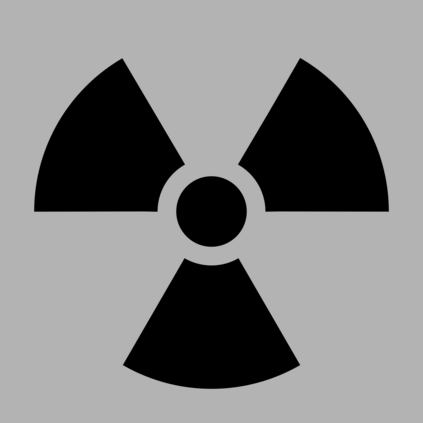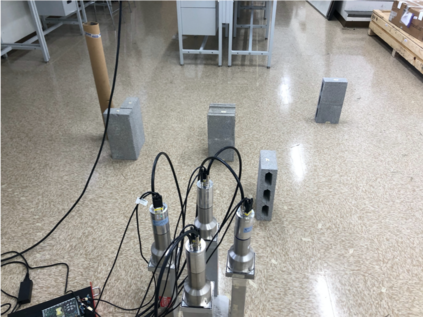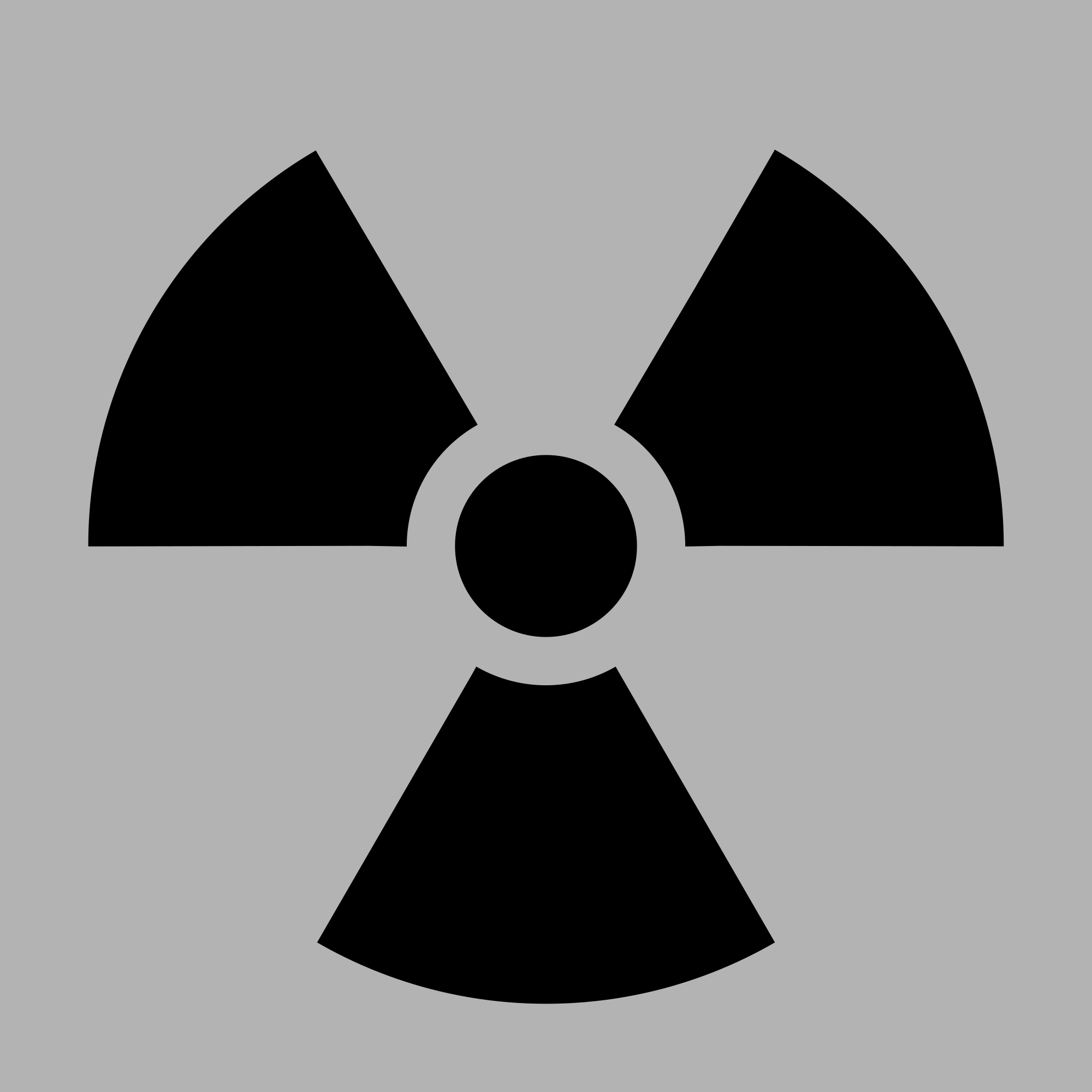One of the principal uses of physical-space sensors in public safety applications is the detection of unsafe conditions (e.g., release of poisonous gases, weapons in airports, tainted food). However, current detection methods in these applications are often costly, slow to use, and can be inaccurate in complex, changing, or new environments. In this paper, we explore how machine learning methods used successfully in cyber domains, such as malware detection, can be leveraged to substantially enhance physical space detection. We focus on one important exemplar application--the detection and localization of radioactive materials. We show that the ML-based approaches can significantly exceed traditional table-based approaches in predicting angular direction. Moreover, the developed models can be expanded to include approximations of the distance to radioactive material (a critical dimension that reference tables used in practice do not capture). With four and eight detector arrays, we collect counts of gamma-rays as features for a suite of machine learning models to localize radioactive material. We explore seven unique scenarios via simulation frameworks frequently used for radiation detection and with physical experiments using radioactive material in laboratory environments. We observe that our approach can outperform the standard table-based method, reducing the angular error by 37% and reliably predicting distance within 2.4%. In this way, we show that advances in cyber-detection provide substantial opportunities for enhancing detection in public safety applications and beyond.
翻译:在公共安全应用中,物理空间传感器的主要用途之一是探测不安全条件(例如有毒气体的释放、机场武器、污染食物等);然而,目前这些应用中的探测方法往往费用高昂,使用缓慢,在复杂、变化或新环境中可能不准确。在本文件中,我们探索如何利用机器学习方法在网络领域成功使用,例如恶意软件探测,以大大加强物理空间探测。我们侧重于一个重要的示范应用,即放射性材料的探测和定位。我们显示,基于ML的方法大大超出了传统的表格方法,可以预测角方向。此外,开发的模式可以扩大,以包括放射性物质距离的近似(在实践中使用的参考表并不能够捕捉到的一个关键层面)。我们收集了四八个探测器阵列,将伽马射线作为将放射性材料本地化的机器学习模型组合的特征。我们探索了七个独特的假设情景,即经常用于辐射探测的模拟框架,以及实验室环境中使用放射性材料的物理实验。我们观察到,我们的方法可以超越传统的表位方法,从而超越了与放射性物质相距距离的距离的近近近近度(这是实践中使用的参考表上所使用的一个关键值),我们通过稳定地预测方法展示了一条路径。















